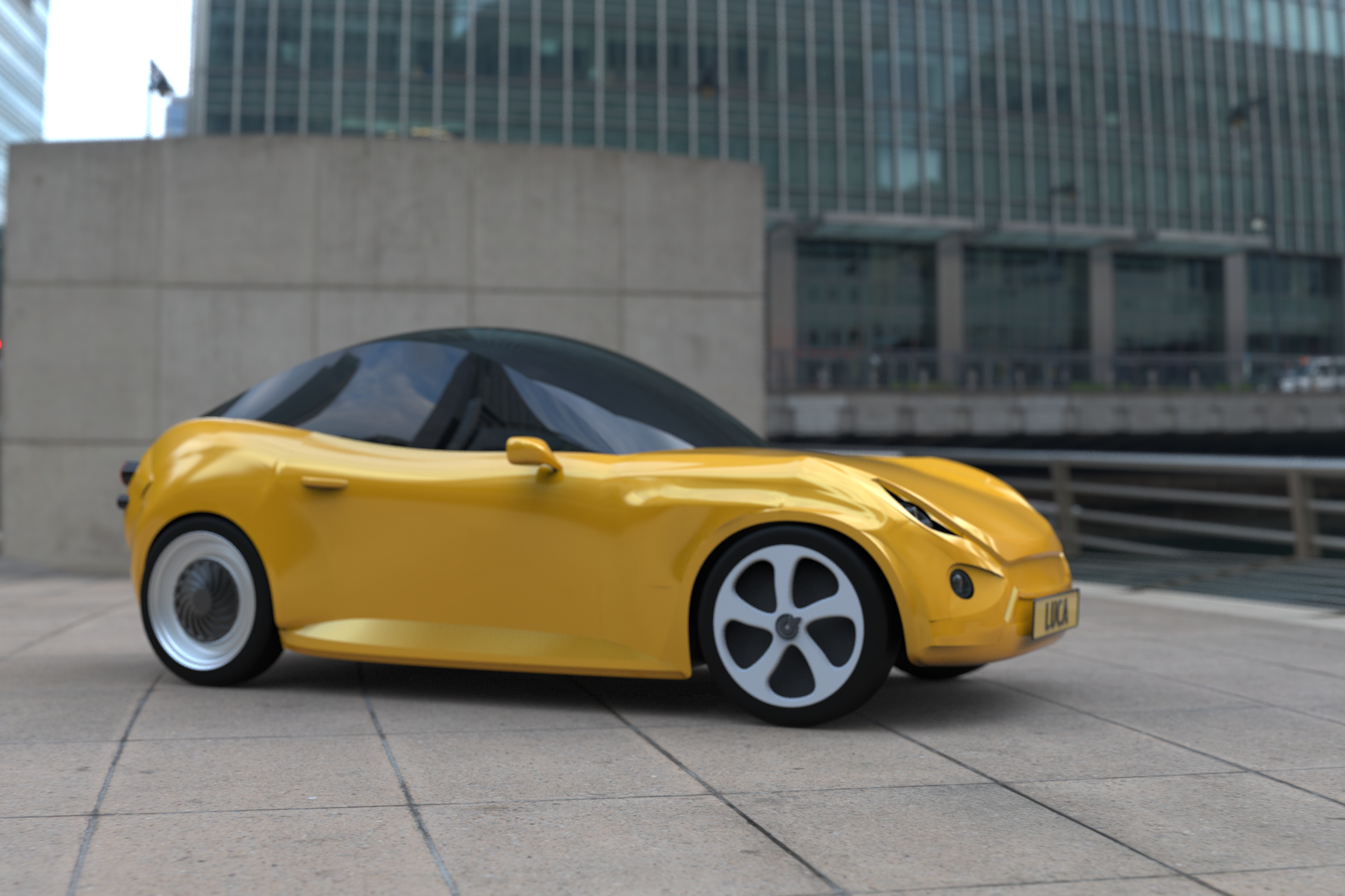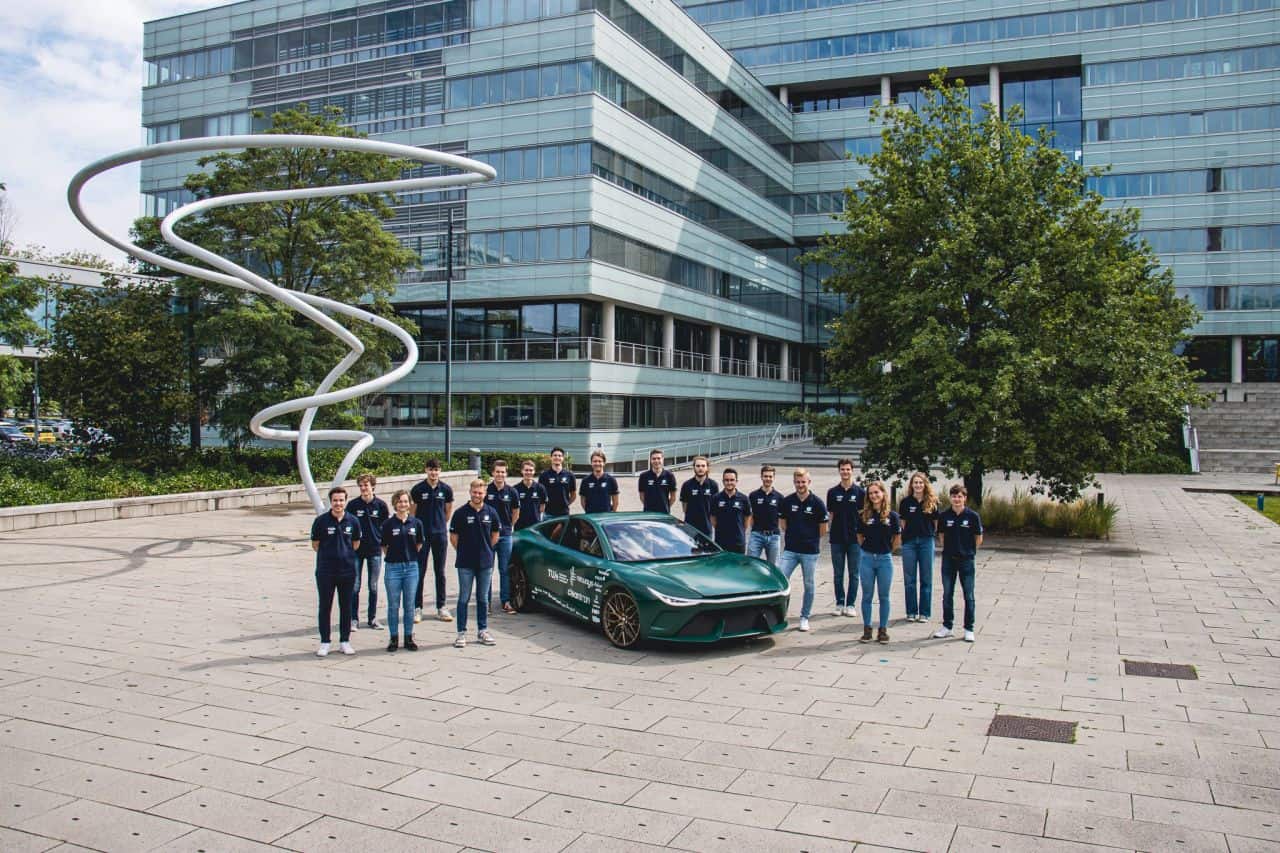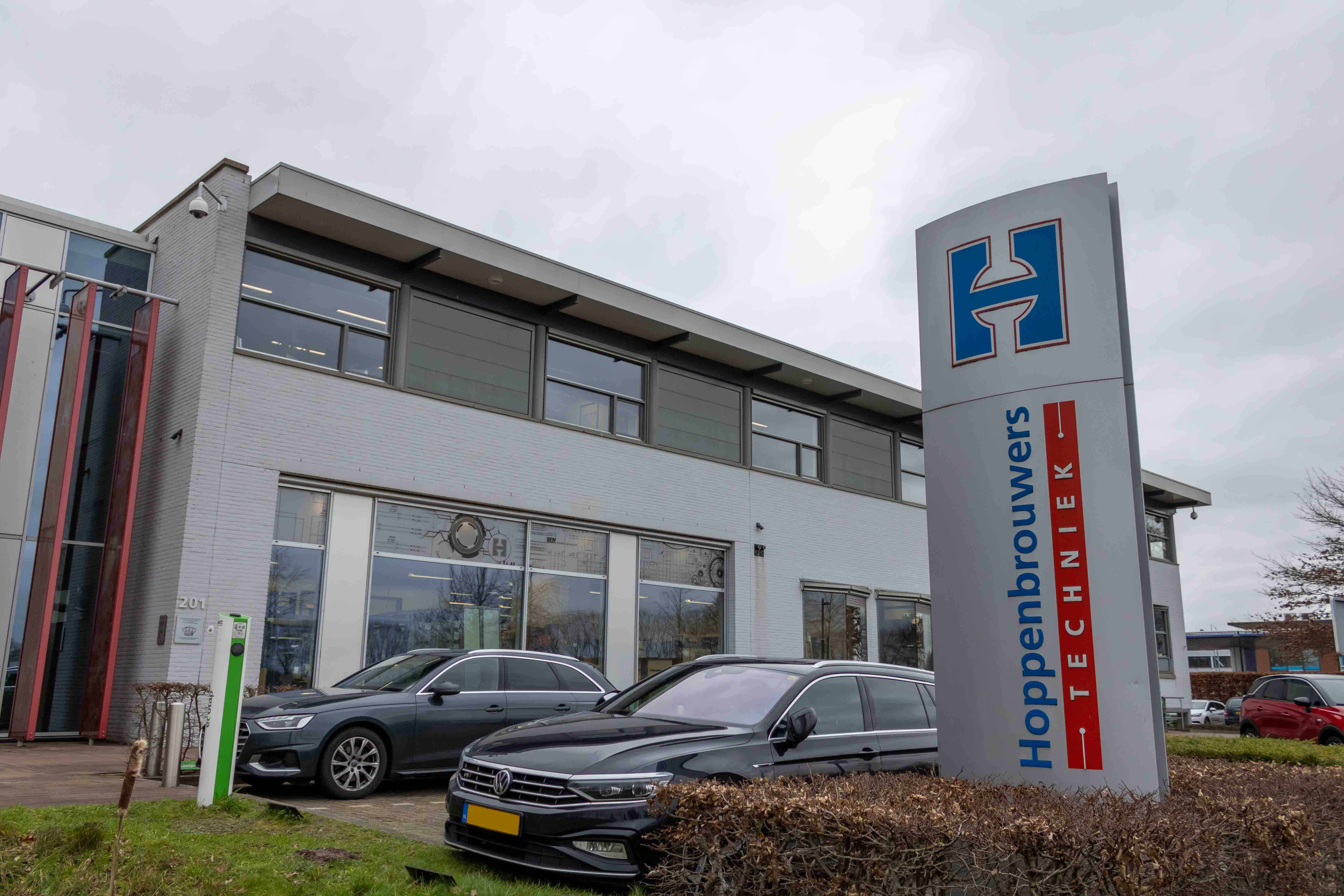
“More and more people are wanting more and more stuff. That’s why we are using an ever-increasing amount of the earth’s resources. After having used these things for a relatively short period, we end up throwing them away as well. That’s no longer acceptable. If we change tack and start making things out of waste, we’ll solve these problems once and for all,” says Matthijs van Wijk, PR manager of the TU/ecomotive student team at Eindhoven University of Technology (TU/e). The team is contributing to a solution by making a car out of recycled materials: the Luca.
With their car, the students want to show the automobile industry that production can be more environmentally friendly too. “The vast amount of waste we have on earth doesn’t just have to be a problem, it could also be a solution. We can easily recycle it, which would mean that we’d need fewer raw materials,” Van Wijk says. In order to underline their stance, the students will apply for a registered license plate from the RDW (The Netherlands Vehicle Authority) for Luca. One was also successfully obtained for the previous TU/ecomotive car, Lina. “If we get a license plate, it proves that it’s a viable car. We can actually drive it on public roads”, he went on to say.
Read more articles about previous TU/ecomotive cars here
Shaking up the industry
Different inspection criteria apply to one-off concept versions than to cars produced in large quantities. “The safety requirements are roughly the same, but we don’t have to do a crash test, for one thing. That would be a bit of a waste if we only made one example,” Van Wijk laughs. The students don’t want to produce the car on a large scale either. “The aim is to encourage the industry to take a closer look at recycled materials more often.”
With the aim of providing as complete a picture as possible, Luca has been made in such a way that the car can be produced on a large scale. Van Wijk: “We also looked at the level of comfort of the seats, for instance, and the car has an infotainment system. Therefore, it meets the requirements of most drivers.” The student is not under any illusion that a manufacturer will take over the whole car and start producing it. “Basically, it’s meant to spur them on to begin thinking about using other materials. I assume that it will be used in interior parts first, for instance.”
Plug your phone in
Luca is made entirely from recycled materials. The outside panels and undercarriage plates are made of flax, a plant. The flax panels are reinforced with recycled plastic. The other materials are also recycled. “There isn’t a separate computer in the car for the infotainment system which would be used for music and navigation,” says the student. “Everyone has a computer in their own pocket. It’s a waste to put another one in the car. We have made it so that you can easily plug in your phone and use it as an infotainment system.”
What’s more, the car is very fuel-efficient. “The electric motors are mounted in the wheels instead of at the front. So the energy doesn’t have to pass through cables and gears via parts such as the gearbox,” Van Wijk explains. “That means less energy is lost. 92 % of the energy is routed to the ground via the wheel”. This is a huge amount according to him, considering that this is normally about 75 % for a conventional electric car and 17 % for a petrol-powered car.
Reducing CO2 emissions during manufacture
The TU / ecomotive student team has been around for seven years now. In the beginning, the team built a car every year for the Shell Eco-marathon. This is a competition that requires cars to cover far distances as economically as possible. “Over the past few years, our team’s car was always too heavy to take part. This was because we wanted to build a viable car as well as an economical one,” Van Wijk explains. “That’s why, as of last year, we decided not to participate in the Shell Eco-marathon anymore, but to fully focus on getting a registered license plate. That’s how we want to highlight the innovative potential to the automobile industry and consumers.”
There are still several steps that need to be taken in order to reduce CO2 emissions caused by cars, starting with the manufacturing side and ending with demolition, Van Wijk believes. “As far as Luca is concerned, our entire focus has been on recycled materials. Next year we’ll be looking at another theme.” He has more than enough ideas: “Production of a car uses a lot of energy and high levels of CO2 are emitted that way. In the future, we can look at other aspects of sustainable manufacturing. There is still a way to go when it comes to shared cars, for example.”







